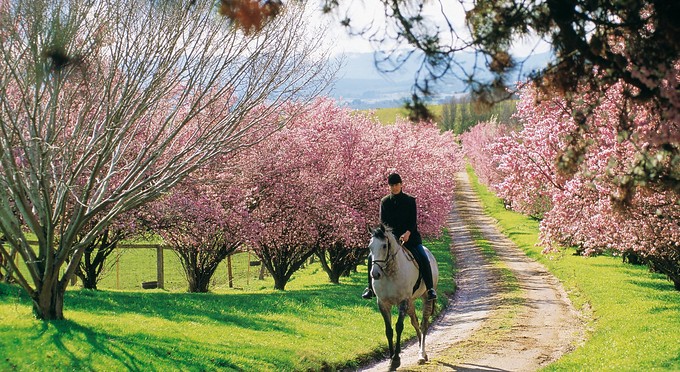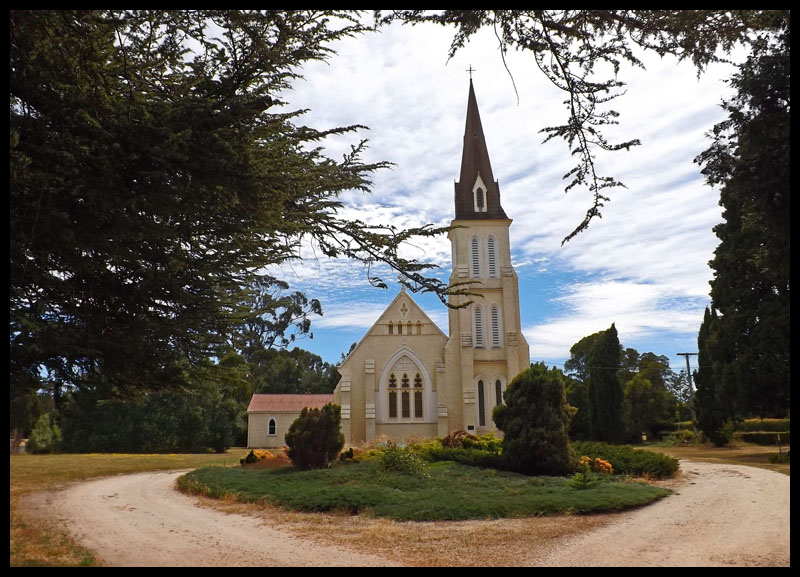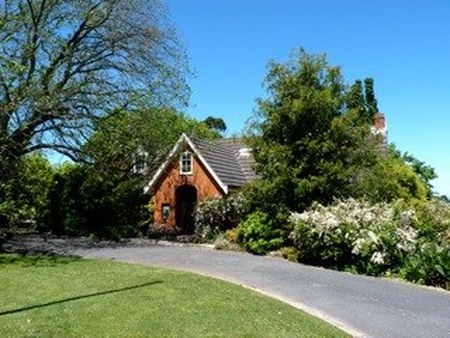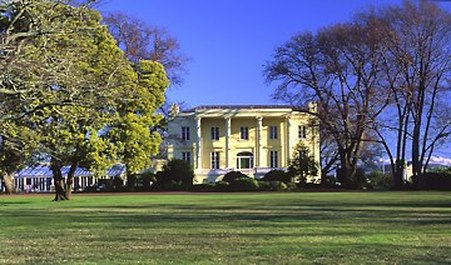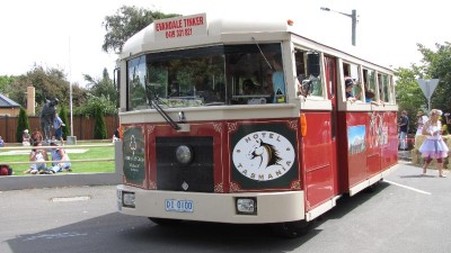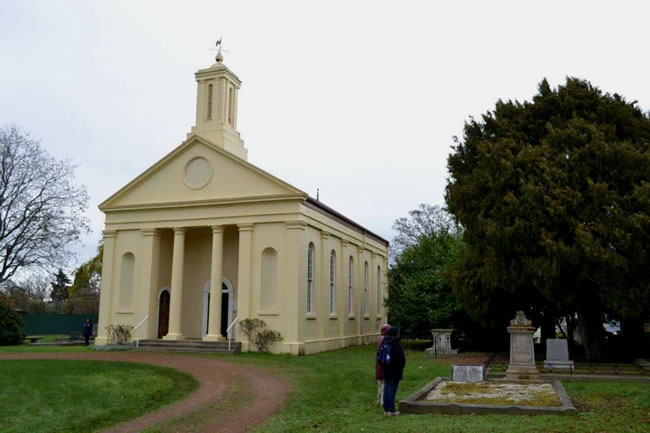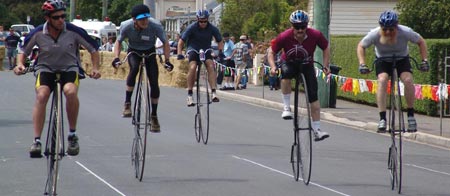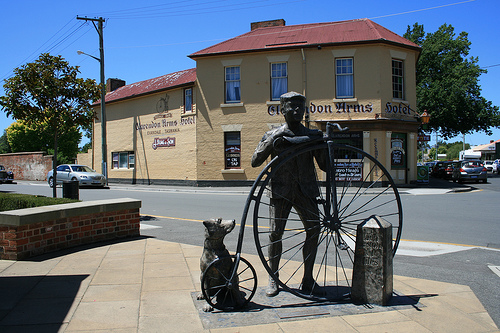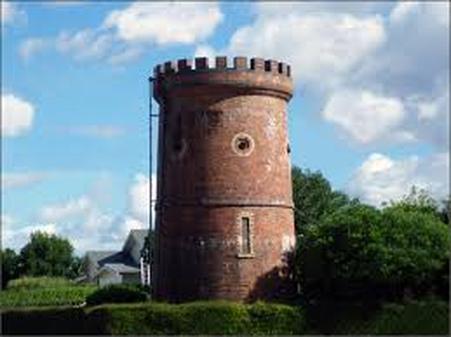Evandale
|
Evandale is situated in the Australian state of Tasmania, on the South Esk River 20 km south of Launceston and 5 km from the main highway and Launceston Airport.
Originally established as a military post in 1811, it was known variously as Collins Hill, Patersons Plains, Gordon Plains, and Morven before the town's name was changed to Evansdale and eventually to Evandale in 1836 in honour of Tasmania's first Surveyor-General, G.W. Evans and declared a municipality in 1865. Evandale today is a National Trust classified Georgian village, popular with tourists for its unspoiled heritage buildings notably St Andrews Church, the Uniting Church, with its classical bell tower and Doric columns, Blenheim (1832) in High Street; Royal Oak (1840) and adjoining stables now Evandale Antiques, Clarendon Arms Hotel (1847) and Fallgrove (1826) in Russell Street; Solomon House (1836), and the saddler's shop (1840) at the intersection of Russell Street and High Street. Evandale is the birthplace of Lt Col. Harry Murray VC, CMG, DSO and Bar, the most highly decorated allied soldier in World War 1. His deeds are celebrated with a statue in the gardens at the end of Trafalgar Lane. The Evandale Market is held each Sunday morning. It offers everything from bric-a-brac to antiques, local farm produce to fine Tasmanian cheeses and gourmet foods and there is plenty to do for the children.The Evandale light railway runs every second and last Sunday of each month. Evandale has a temperate climate averaging a maximum of 23 degrees Celsius (74.5 degrees Fahrenheit) in January and 11.5 degrees Celsius (52.5 degrees Fahrenheit) in June, with an annual rainfall of 689mm each year compared to Sydney's 1220mm. |
